Write Us
We are just a call away
[ LET’S TALK AI ]
X
Discover AI-
Powered Solutions
Get ready to explore cutting-edge AI technologies that can transform your workflow!

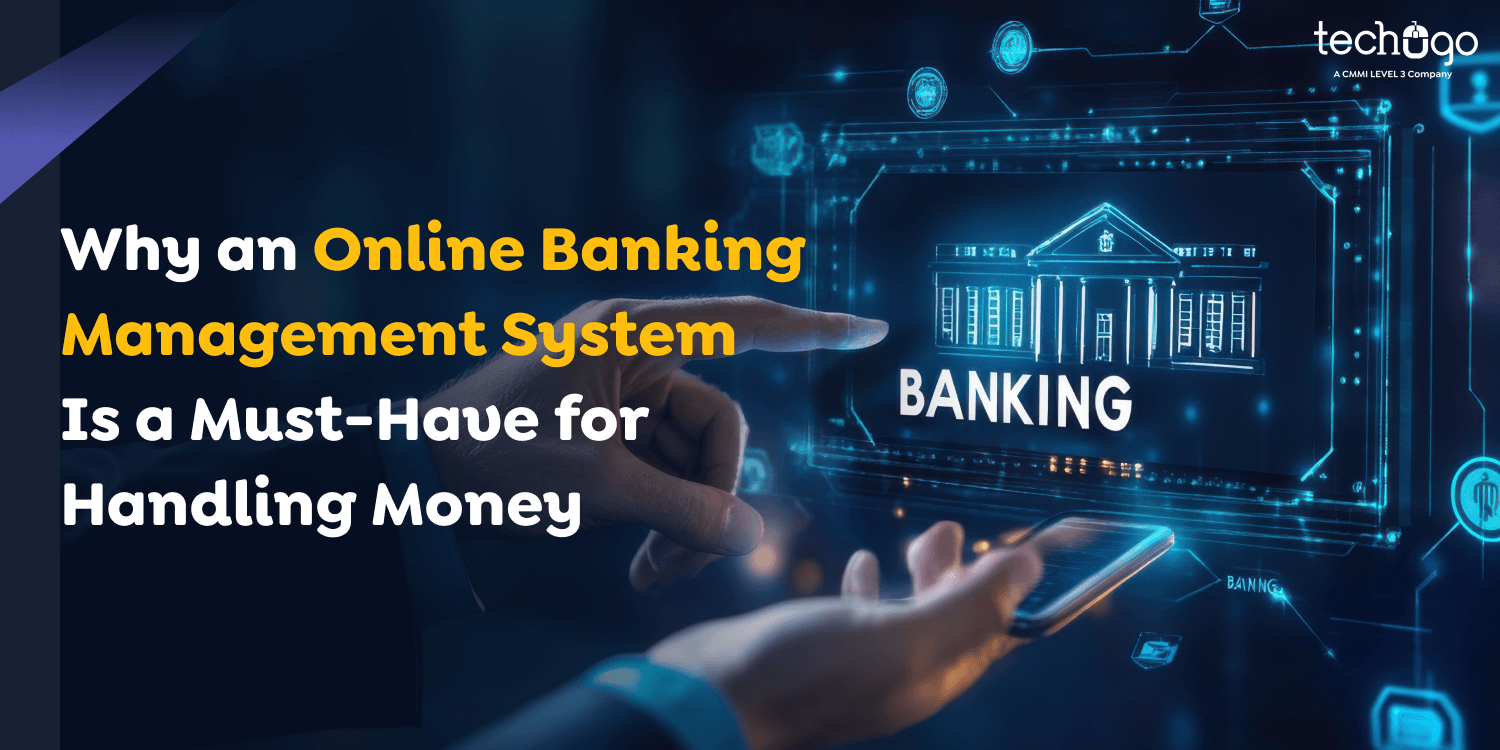
Ever wonder how banks manage to manage countless transactions, international currency values, and customer records while ensuring smooth and secure services? The secret lies in an online banking management system!
This powerful solution streamlines everything, from automating tedious record-keeping to maintaining a stable financial structure. An online banking management system benefits both banks and customers. Banks gain efficiency and accuracy, while customers enjoy transparency and quick access to services.
Imagine having the ability to review your past transactions or update critical data effortlessly, all with just a few clicks. That’s the magic of this technology—it empowers banks to serve better while making the entire process seamless for users like you.
Curious about how this system is revolutionizing the world of banking? Let’s dive in and explore!
Now, let’s dive into the technologies that ensure a smooth, secure user experience.
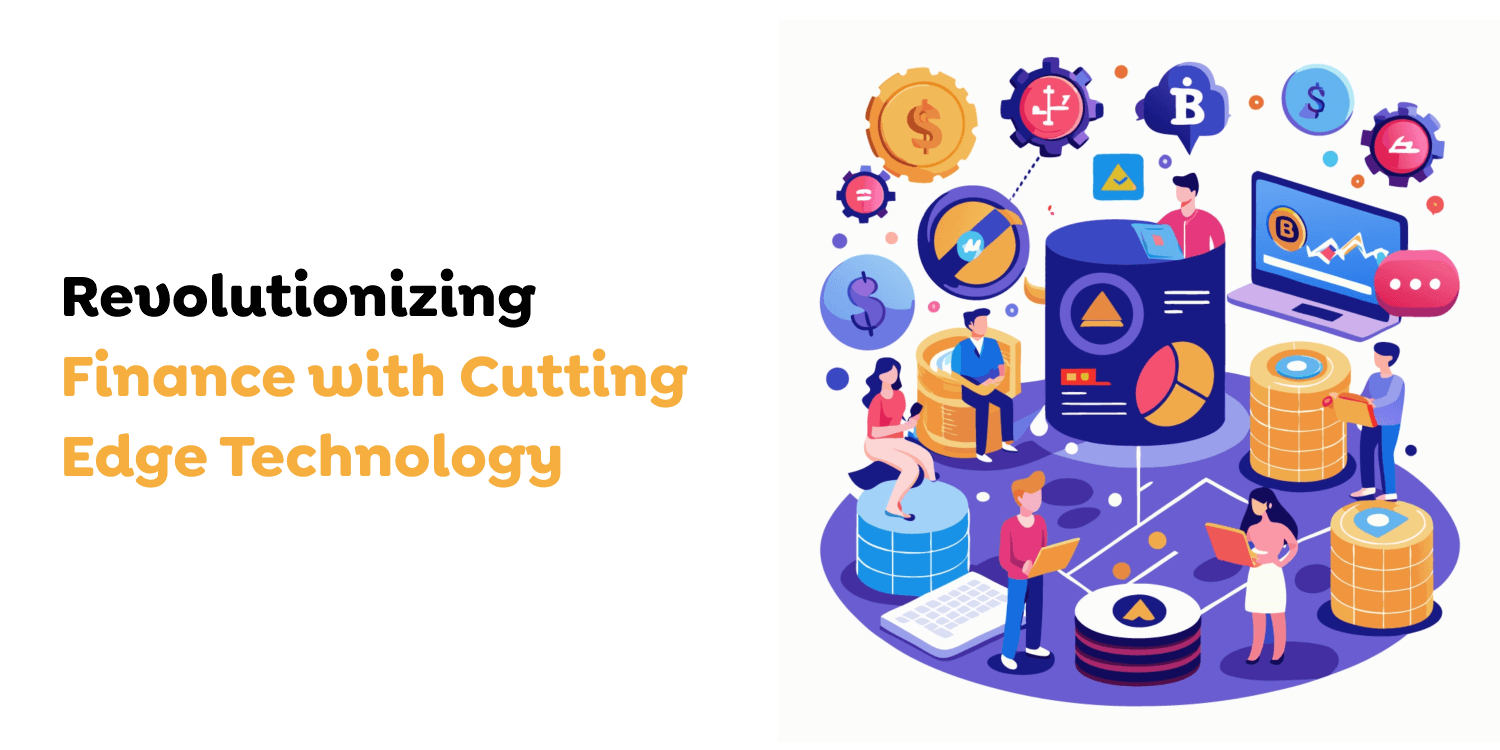
Also Read : Reinventing the Financial Landscape Via AI in Banking
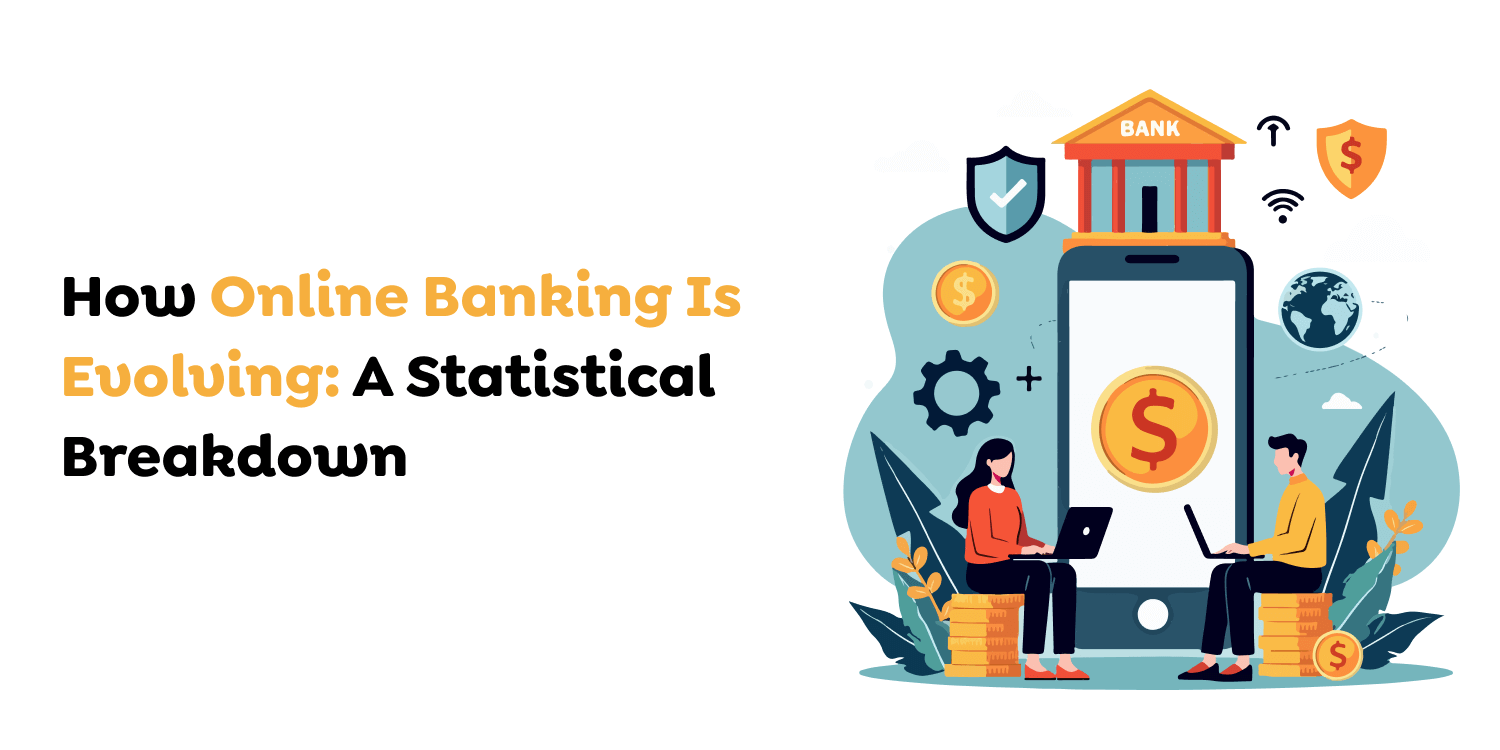
Also Read : 15 Game-Changing FinTech Trends Set to Revolutionize 2025!
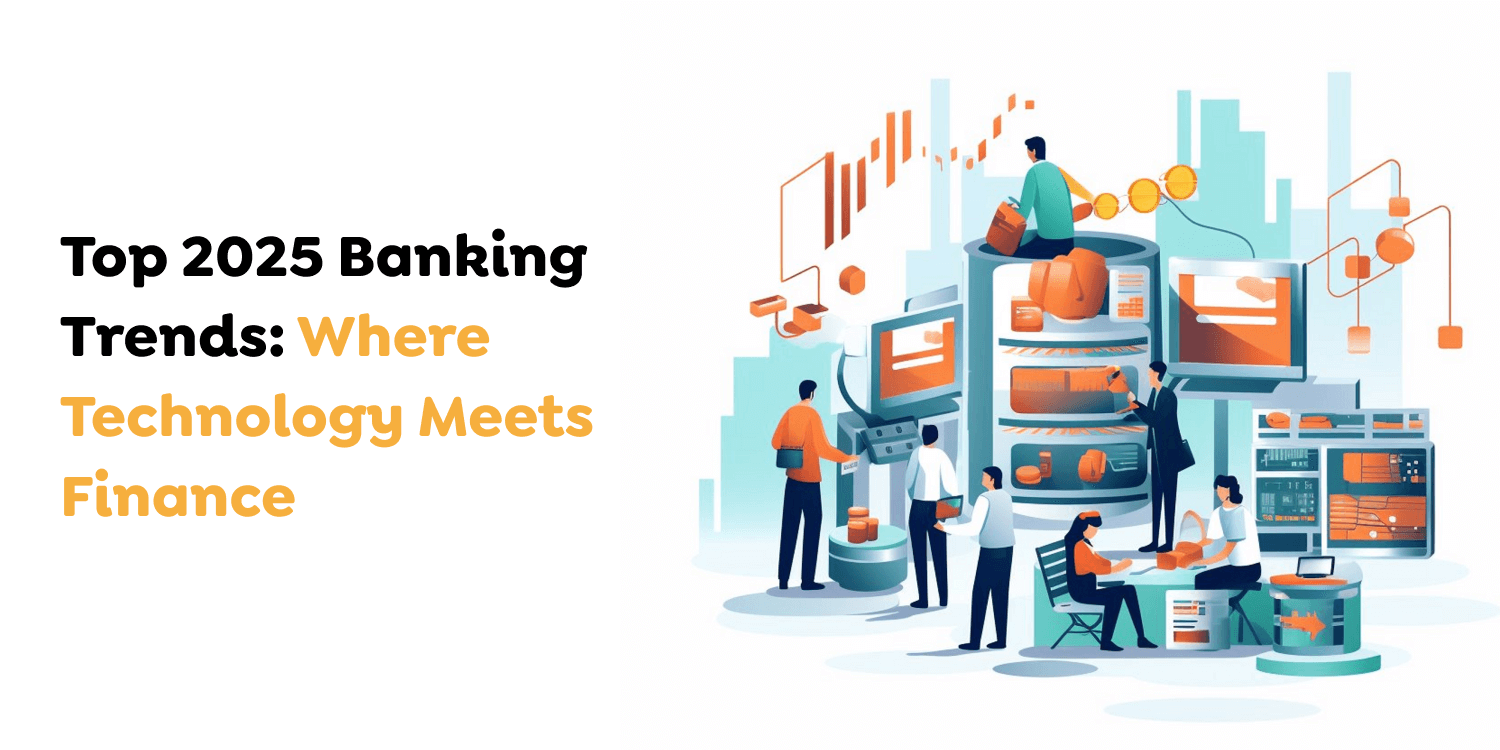
2025 will also experience increased dynamism in the banking industry because of changes in technological features and client expectations. The digital shift is the most prominent and refers to changes in the banking industry and customer relations.
The pandemic has inspired users to explore digital wallets, a contactless mobile banking option that allows users to make payments from almost any iOS or Android device.
It also offers businesses a customized customer experience without costly and time-consuming development.
Self-service apps are among the most crucial online banking technology trends, especially in millennial banking. They allow customers to manage their wealth and make financial transactions, such as withdrawals or deposits, inquiries, transfer payments, bill payments, loans, currency change, and other matters, directly from their app profile.
Various businesses in the banking sector can optimize, automate, and improve client engagement.
Clients no longer need to be present in person to make any bank transaction. Instead, all these transactions are included in the client’s banking app.
Also Read : Creating a Successful P2P Lending App in 2025: A Complete Guide
Transactions are also involved in healthcare, retail banking, insurance, hospitality, and other industries. This is why integrating cross-platform payment options, such as mobile payments and hybrid wallets, can dramatically increase the income of businesses and financial institutions they work with.
Businesses and entrepreneurs can quickly complete transactions using embedded payment services within the app without compromising application security.
This digital banking trend is also much simpler and quicker to launch and maintain than native apps and between 15% and 50% cheaper!
API, or Application Programming Interface, is used in banking to synchronize, link, and connect any service database with any other application. It acts as a bridge to ensure the safe transmission of personal data without involving any third parties.
The API trend in private and commercial banking also makes these financial institutions more transparent, secure, and accessible to their clients. This is undoubtedly a huge benefit for both businesses and financial institutions.
Video banking technology is another emerging trend in banking. This technology allows clients to optimize their remote services and improve their workflow. In addition, this approach will enable customers to be more engaged with their financial institutions and provide for online processing of various in-person procedures.
This banking trend has particular benefits for consumer and investment banking.
Video banking optimizes various banking processes to provide smooth and efficient client service. Automating and optimizing workflows can help financial institutions reduce the time and cost of processing client requests.
This increased interest in online and mobile banking has led to Open Banking, a new type of financial innovation.
This technology allows clients to consolidate and access financial data from multiple organizations and institutions through an open API. It will provide a seamless and flawless experience.
This technology will enable Open Finance, which allows third-party providers to access clients’ financial information after consent.
The latest crisis has drastically changed people’s lives. People increasingly turn to online transactions and digital payments because they feel less connected.
Many countries are planning to eliminate cash and completely switch to digital transactions. Transforming banks into a cashless society will reduce the costs associated with handling hard money.
Banks will find it easier to analyze digital transactions and understand client spending patterns.
Also Read : The Ultimate Guide to BNPL App Development in the Evolving FinTech Sector
Many banks will likely switch to composable architecture to better respond to future crises and challenges.
It is possible to transition step-by-step. This flexible and scalable solution will allow financial institutions to optimize their internal processes.
A broad investment in the transition towards composable architecture will be a bank trend for the following year.
Robotic Process Automation, or simply RPA, is another trend in banking that institutions are keen to embrace for greater productivity and efficiency.
This can help save money and replace or assist employees with tasks that minimize errors, maximize accuracy, and improve the client experience.
This fantastic solution will soon revolutionize the online bank management system and be available to all mobile app development companies of any size.
A FinTech app development company will pay more attention to cybersecurity because most financial transactions are online. This will ensure that the client’s financial information is protected and secure.
These data are easy targets for hackers. Therefore, cybersecurity must be a top industry priority to avoid reputation damage and financial loss.
Now, let’s explore the features you must have in your online banking management system.
Also Read : How much does it Cost to Develop an App like DIB (Dubai Islamic Banking)?

These are the best features of digital banking, which have made it more popular than traditional banking.
Also Read : The Ultimate Guide to BNPL App Development in the Evolving FinTech Sector
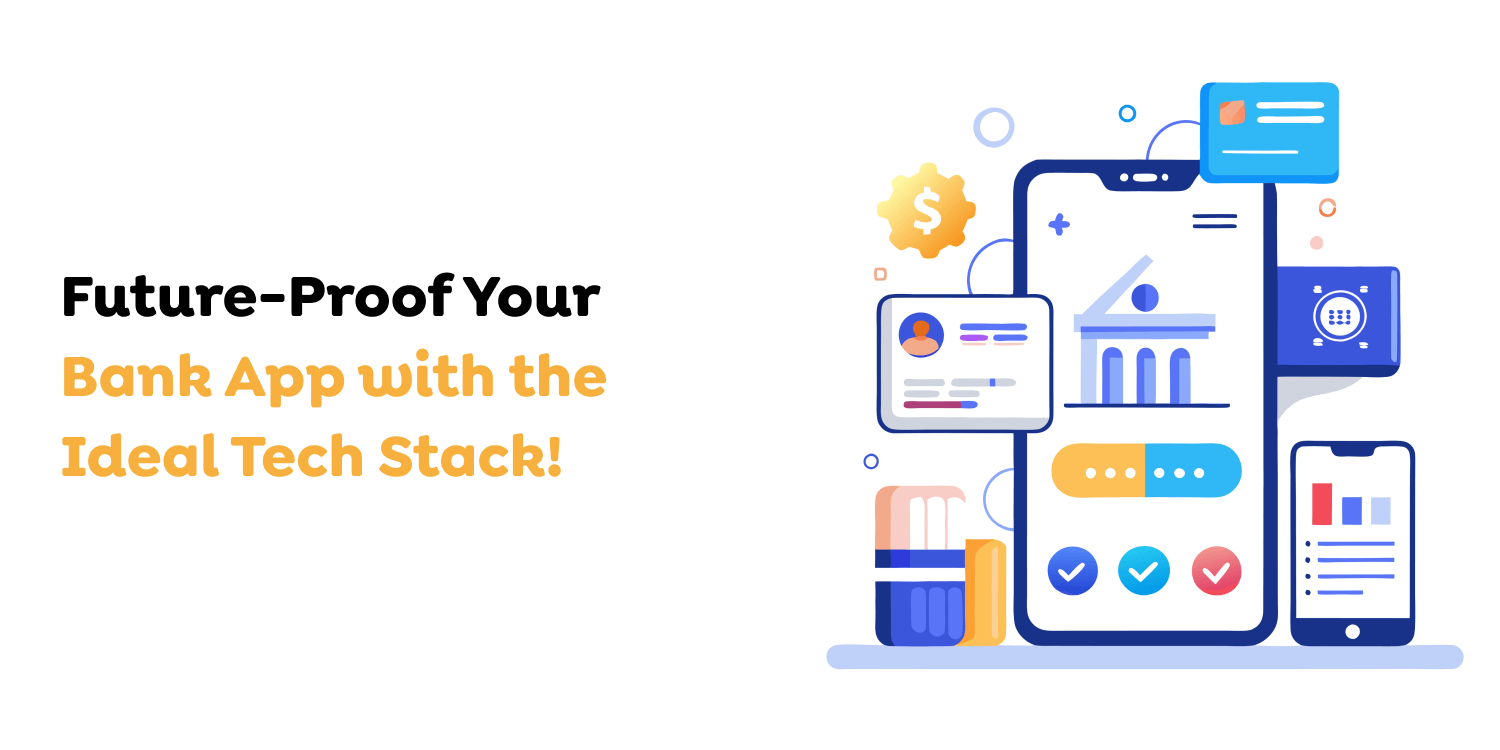
There is no one-size-fits-all solution. A tech stack is a collection of tools (programming languages and frameworks, libraries, etc.). A tech stack is a set of tools to create a software product.
Different projects will require different tech stacks based on industry requirements. So, let’s look at some of the critical factors that influence the choice of the technology stack for a bank app.
Also Read : Driving Progress: The Rise of Software Development in the Middle East
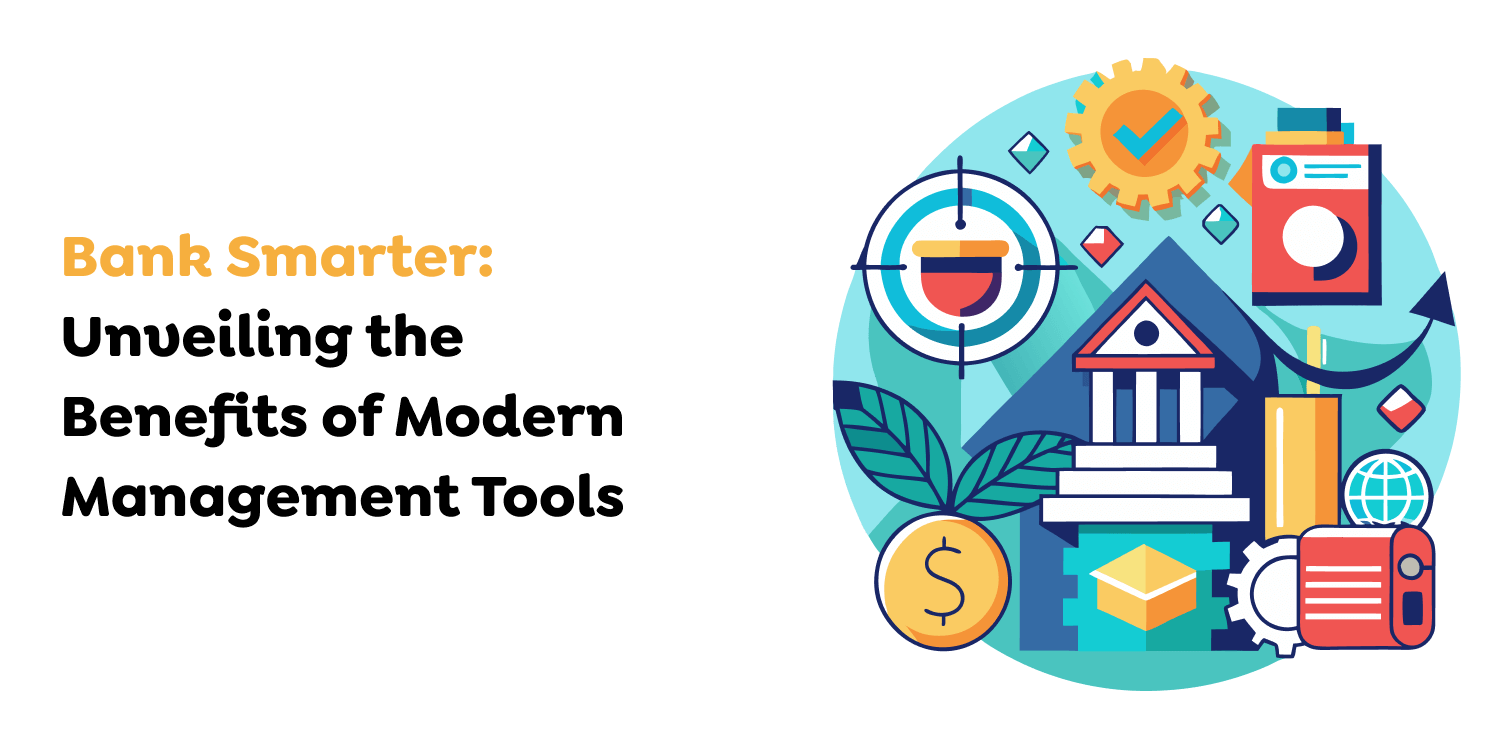
Online banking management software is revolutionizing the way financial institutions operate, bringing efficiency and convenience to both customers and administrators. Here are some key benefits of implementing such systems, especially when it comes to banking app development:
1. Enhanced Accessibility: Online banking management software allows customers to manage their accounts online. Users can check balances, transfer money, and view past activities on an account at home, work, or on the move. The accessibility of these banking services helps customers find solutions without much effort and time.
2. Streamlined Transactions: Banking management software makes performing basic operations such as shifting funds, bill payments, and account handling easy. It also means these tasks can be processed automatically and more efficiently with minimum operator interference. This efficiency benefits customers, relieves the burden on the bank’s employees, and enhances secure transactions.
3. Improved Security: Under online banking management software, the customer’s information is protected using data encryptions and other forms of authentication. Regular security updates ensure protection against evolving threats, giving customers peace of mind. These security measures are vital to maintaining trust in digital banking services.
4. Efficient Data Management: Online banking software helps banks store large amounts of data and access it as and when needed. This integrated data processing structure allows customers and bank employees to easily find important data and information. Real-time updates improve the systems’ operational effectiveness through easy transaction completion and account management.
5. Personalized Customer Experience: Leveraging customer data, online banking management software can offer personalized financial advice, product recommendations, and promotions. The software will track users’ behavior, enhancing client satisfaction. Personalization can also increase the link between banks and clients, increasing customer loyalty.
6. Real-Time Monitoring: Customers with online banking software can view account activity, transactions, and balances at a glance in real time. This means that users can always know their financial position without necessarily having to seek the services of a professional. In general, such practice allows banks to recognize fraudulent actions and respond accordingly within the shortest period.
7. Seamless Integration: A top banking software that easily integrates with other financial tools like budgeting apps, investment platforms, and payment gateways. This seamless integration enhances the overall banking experience for customers, making it more efficient. It also enables banks to expand their service offerings without disrupting their operations.
8. Enhanced Scalability: As customer demands grow, online banking software allows banks to scale up their operations effortlessly. The system can handle increased workloads by adding new features, expanding customer bases, or processing more transactions. This scalability ensures that banks meet future demands while maintaining high service levels.
The best banking software empowers customers and financial institutions, creating a more efficient, secure, and sustainable banking environment.
With these benefits, an online banking management system ensures efficient bank operations while delivering an unparalleled customer experience.
As the world shifts towards digitalization, online banking management systems are poised to become a central pillar of modern financial services. Whether you’re a bank aiming to streamline operations or a customer seeking greater convenience, embracing these technologies ensures a secure, efficient, and personalized banking experience. Partnering with a mobile app development company can further enhance the functionality and user experience of your banking platform, ensuring it stays ahead in today’s competitive landscape.
Get in touch with Techugo, an on-demand app development company, to discuss possible opportunities that can help you implement innovations to take your operations to the next level and keep up to date with the banking tech trends.
Write Us
sales@techugo.comOr fill this form